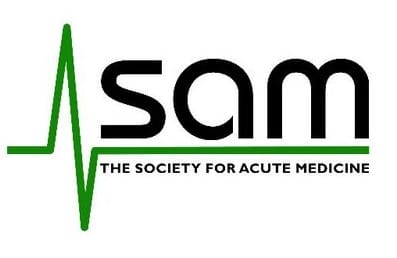The latest NHS performance data, released today (09 November), shows among other things:
* 70.2% of patients were seen within four hours in all A&E departments last month compared to 71.6% in September 2023 and 69.5% in October 2022. The 95% standard was last met in July 2015.
* 69.7% of patients were seen within four hours, excluding booked attendances, in October 2023.
* 55.9% of patients were seen within 4 hours in type 1 A&E departments.
* There were 145,000 four-hour delays from decision to admit to admission this month, which compares to 151,000 in October 2022. Of these, 44,700 were delayed over 12 hours (from decision to admit to admission), which compares to 43,800 in October 2022.
* The number of referral to treatment (RTT) pathways where a patient was waiting to start treatment at the end of September 2023 was 7.8 million.
* The total number of patients waiting six weeks or more from referral for one of the 15 key diagnostic tests at the end of September 2023 was 415,600. This was 26.3% of the total number of patients waiting at the end of the month against a national operational standard of less than 1% of patients waiting six weeks or more.
The full dataset can be accessed at: www.england.nhs.uk/statistics/statistical-work-areas/
Commenting in response, Dr Tim Cooksley, immediate past president of the Society for Acute Medicine, said: “With a sense of tragic inevitability, the performance data shows a spiral of decline that will mean patients will endure long waits, degrading corridor care and inevitable harm over the upcoming winter months.
“We are imminently in, and many hospitals are already experiencing, a further chaotic and dangerous situation to which there is no easy solution. There was an increase in delays of more than 12 hours in emergency departments which is truly terrible for patients.
“We have all expressed continued grave concerns that the recovery plan was behind schedule. We continue to have significant shortfalls in workforce and capacity which lie at the heart of the issue.
“Short and long-term plans with sustainability, quality and continuous evaluation at their centre are required. Not for this winter; this crisis is now unavoidable; but for future years to give staff and patients alike a belief that the situation will get better, improve patient confidence and stop the current haemorrhaging of staff.
“Resolution of the current industrial action is mandatory over the next few weeks. Meaningful crisis talks with genuine output are essential both to deliver essential short-term mitigation and that long-term light at the end of the tunnel.”
